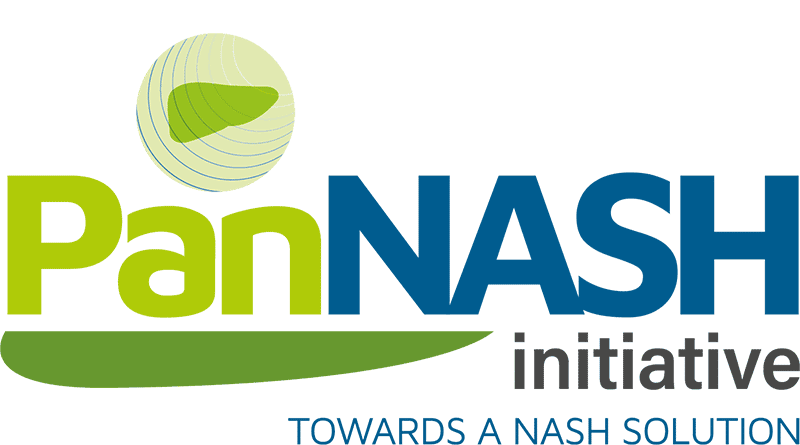NASH Progression and Clinical Outcomes: Defining Predictive LSM-VCTE Thresholds
In patients with non-alcoholic steatohepatitis (NASH), the risk of liver-related mortality and decompensation is known to increase proportionally with fibrosis stage. Non-invasive tools, including liver stiffness by vibration-controlled transient elastography (LS-VCTE), have been shown to accurately predict fibrosis stage in NASH patients.
